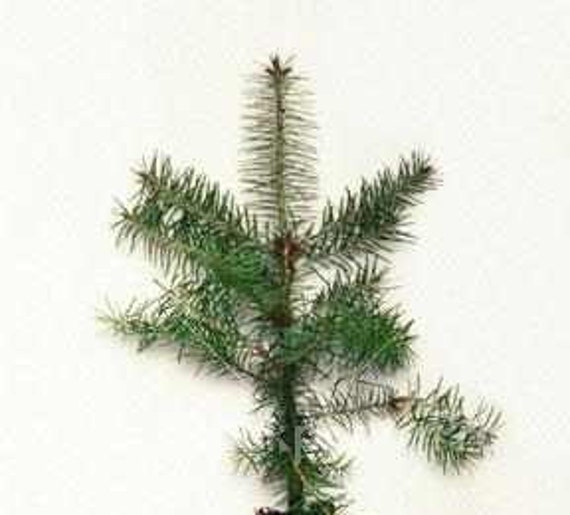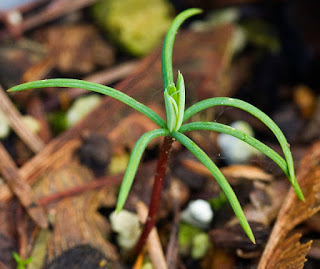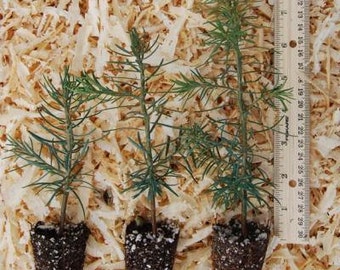

glauca (Beissn.) Franco) also called Rocky Mountain or blue Douglas-fir. menziesii), and the interior variety ( P. Two geographic varieties are recognised: the coastal variety or green Douglas-fir ( P. and 4.5 million hectares in Canada (Hermann and Lavender 1990 Fletcher and Samuel 2010). It also extends over 1600 km from east to west, covering 14.3 million hectares in the U.S.A. The native range of Douglas-fir stretches over 3400 km from south to north (latitude 19° to 55° N.), the largest latitudinal spread of any conifer of western North America. One of these species, Douglas-fir ( Pseudotsuga menziesii (Mirb.) Franco) is one of the most commercially important tree species in western North America and one of the most important and valuable timber species worldwide (Hermann and Lavender 1999). Currently, 145 non-native or exotic tree species can be found growing in European forests and together cover an area of 8.54 million ha, or 4.0% of the continent's forested area (Brus et al. Since the arrival of black locust ( Robinia pseudoacacia L.) in 1601, a range of non-native tree species, particularly from North America and Asia, have been introduced to Europe to increase the attractiveness of landscapes, to augment the productivity of native forests, and to improve the profitability of forest management. There is an increasing interest in growing Douglas-fir in mixtures and managing stands through close-to-nature silviculture, but the species’ intermediate shade tolerance means that it is best managed through group selection or shelterwood systems. When the production of large-sized, knot-free timber is targeted, thinnings are always coupled with pruning up to 6 m. As the range of end-uses of its wood is very wide, the rotation period of Douglas-fir is highly variable and ranges between 40 and 120 years. The species is generally regenerated by planting (initial stocking density from less than 1000 seedlings ha −1 to more than 4000 ha −1), using seedlings of European provenance derived from seed orchards or certified seed stands. Pure stands have high productivity (up to 20 m 3 ha −1a −1) and production (over 1000 m 3 ha −1). It is one of the fastest growing conifer species cultivated in Europe, with the largest reported dimensions of 2.3 m in diameter and 67.5 m in height. A lower sensitivity to drought makes Douglas-fir a potential alternative to the more drought-sensitive Norway spruce so its importance in Europe is expected to increase in the future. It became a major species for afforestation in Western Europe after WWII, currently grows in 35 countries on over 0.83 million ha and is one of the most widespread non-native tree species across the continent. We recommend the 3-week duration of SDs for coastal douglas fir crops.Douglas-fir ( Pseudotsuga menziesii (Mirb.) Franco), one of the most commercially important tree species in western North America and one of the most valuable timber trees worldwide, was introduced to Europe in 1827. After one growing season, duration of SDs had no effect on seedling survival, leader length, shoot dry weight, root dry weight, or shoot diameter. On this date, seedling height and shoot dry weight were unaffected by duration of SDs, whereas root dry weight and shoot diameter were significantly reduced in seedlings given 6 weeks of SDs compared with other durations.

In early October, duration of SDs had no effect on bud endodormancy 50% to 88% of terminal buds were endodormant. Needle initiation was completed 10 weeks after the start of the regime in seedlings given 5 or 6 weeks of SDs and 13 weeks for those given 3 or 4 weeks of SDs. During the first week of SDs, budscale initiation started and was completed then initiation of needles for next year's leading shoot (leader) began. In early July, four durations of 8-h SDs were applied: 3, 4, 5, and 6 weeks.

We compared the effects of different durations of short days (SDs) as a dormancy-induction regime on bud development, bud endodormancy, and morphology of first-year containerized coastal douglas fir seedlings in the nursery together with seedling survival and growth after one growing season in a common garden. Physiology and growth of containerized coastal Douglas fir seedlings given different durations of short days to induce dormancy.


 0 kommentar(er)
0 kommentar(er)
